|
How often do you sit and think: “are we as humans unique? Do humans resemble another species?” Probably not very often. We might think we are unique until we meet our “cousin”: the chimpanzee! Humans and chimpanzees share about 99% of their DNA, the closest the two share with any other species. The next time you see a chimpanzee - don’t be shy, say hi! You have probably seen and heard a lot about chimpanzees today. It’s only natural as today is World Chimpanzee Day. This day celebrates chimpanzees, raises awareness on the challenges they face, and promotes their protection and conservation - thanks to Jane Goodall. July 14, 1960 is when Goodall began studying chimpanzees at Gombe National Park and has since become an inspiration to scientists and researchers focusing on chimpanzees. Over the years, there have been some amazing discoveries and learning about chimpanzees. Let’s take a closer look at some of the most interesting social resemblances between us and chimpanzees. Empathy and Friendship Do you have a best friend that you relate to and care for? So do the chimps! Research shows that chimpanzees have the ability to empathize with others emotionally and can even form close bonds and friendships. Anthony Ochieng, a Jackson Wild award winner and founder of TonyWild, narrates a story of the chimpanzees’ human father in Uganda. “Papa,” as they call him, speaks of being bullied by other chimpanzees while one of them becomes very friendly and empathetic. Sophia, the empathetic chimpanzee, has a best friend called Megan - amazing, don't you think? Cognitive Abilities Imagine a chimpanzee beating a human at a memory test with sequences and numbers. Sounds unreal, right? But it's real! Ayumu, a chimpanzee at Japan’s Primate Research Institute, did it and so can other chimpanzees. These members of the big 5 apes can understand, connect, and memorize pieces of information almost the same way that humans can. Their abilities manifest in their social relations where they cooperate on tasks such as food gathering and coping with various cultures - yes they do have their own cultures! Coordinated War Chimpanzees are calm, peaceful creatures until they get angry - sound familiar? Similar to humans, due to their cognitive abilities and social communication skills, chimpanzees are able to plan and wage war on other members of the species. Studies have proposed that this is an adaptive strategy, for example, when one group attacks another group to obtain food and other resources. Male chimpanzees especially can get aggressive when triggered by members of rival communities. These are just a few examples of how alike humans and chimpanzees are. It is also important to note that despite the acute resemblances between human and chimpanzees, we still remain distinct from each other. We can and should love and care for chimpanzees without necessarily humanizing them. One of the ways we can achieve this is through thoroughly educating ourselves about the species. The best way to learn more about chimpanzees is to go trekking in various parks - there, you will find practical knowledge and rich information that will help you understand our cousins better. One of the things you’d learn is that chimpanzees are endangered due to habitat loss, disease, and hunting. Park rangers and other experts can help you learn what you can do about it as a citizen, conservationist or storyteller. About the Author: Irene Marra is an Operations Associate at Jackson Wild. She is currently pursuing a BA in International Business and Trade at the African Leadership University in Rwanda, with a passion for entrepreneurship, storytelling, and digital content creation.
1 Comment
“Living at altitude in the freezing mountains might not be ideal but at least the view will be stunning.” Wildlife filmmaker Ana Luisa Santos produced a film in 2017 about the lammergeier, also known as the bearded vulture. “It won my full respect,” she said about the species – her first pick if she could switch bodies with any animal on the planet. “This scavenging bird is able to fully close the cycle of life due to its incredible ability to eat and digest bones. Super beautiful, strong, unique, and sustainable.” There’s no one path to becoming a wildlife filmmaker, but Ana Luisa’s journey is particularly unique: she started her career as an engineer. “To be trained and educated as an engineer gives me the possibility of understanding, analyzing, and telling a story from a different, more logical perspective,” she said about how her engineering background has influenced her storytelling. “I like building sequential blocks and simplifying the idea I want to transmit. The natural world is already a complex system. It is crucial for me to tell the story as simply as possible, ensuring a complete understanding of the message and information. The better that the viewer understands it, the more chances it raises awareness towards a better planet.” After settling in The Netherlands, Ana Luisa put her engineering career on hold to dedicate herself to filmmaking full-time. Spending considerable time in the field, her work covers all the stages of production from concept to delivery. Her mission is to tell stories about real animals with wild behavior. While she loves the thrill of seeing projects through to the finish line and changing minds across the globe, she faces her fair share of obstacles in the field. “Finding and filming animal behavior in the wild is getting increasingly challenging. Human actions and choices are having a huge impact on the natural world. For example, there is always plastic in nature, regardless of how remote it is,” Ana Luisa shared about her struggles in the field and the effect of humans on the wildlife she captures. “The ecosystems are being damaged by our decisions and actions. We are all responsible, and we must act now.” Ana Luisa uses the Jackson Wild Collective to stay connected to other filmmakers in the industry. “It opens the door for communication and inclusivity, making its content and resources available to all. A massive highlight is that it is free to sign up, giving a chance to academic individuals or industry professionals to be updated regarding new opportunities that might arise.” Hard work and personal sacrifice were crucial to getting Ana Luisa to where she is now. As one of the only female Portuguese wildlife filmmakers, she had to pave the way for herself. “At this point on my journey, I am certainly proud of being able to find a level of stability that working hard allowed me to have. I found a balance in my life that helps me keep my feet on the ground always with my eyes on the future.” With almost a decade of experience in the industry, she provided some great advice for aspiring wildlife filmmakers: “It is a hard industry. Most likely, you will receive more negative than positive responses for that great idea you thought could change the world. It happens all the time. But keep this in mind: you don’t need to convince the entire world about what you can do. You just need the right person to believe in you and give you an opportunity. Keep fighting – the good things can happen!” Ana Luisa stays busy running her production company Ateles Films, as well as working on other projects. She’s currently working on a feature-length blue-chip wildlife film about an underrepresented species that lives in Western Africa, highlighting its behavior, beauty, and importance in what remains of its habitat. She is also developing an IMAX project which explores the local fauna and flora of the Netherlands. “It’s a great opportunity to develop new creative skills and learn new techniques that are very different from producing or directing for TV broadcast.” Keep up with Ana Luisa’s work at Ateles Films by following along on Facebook and Instagram, or visiting her website. The Jackson Wild Collective is the virtual home for our global storytelling community to connect, collaborate and inspire change year-round. Join today.
|
Archives
March 2024
Categories
All
|
Contact UsJackson Wild
240 S. Glenwood, Suite 102 PO Box 3940 Jackson, WY 83001 307-200-3286 info@jacksonwild.org |

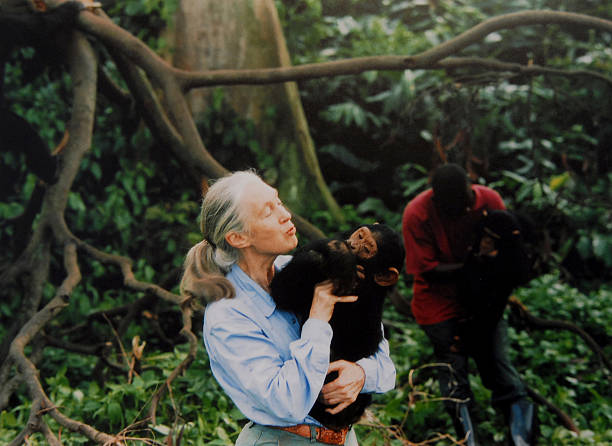
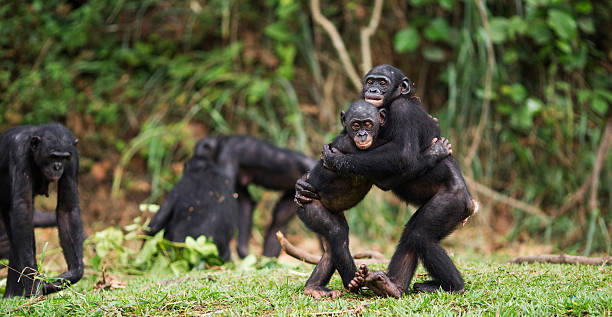
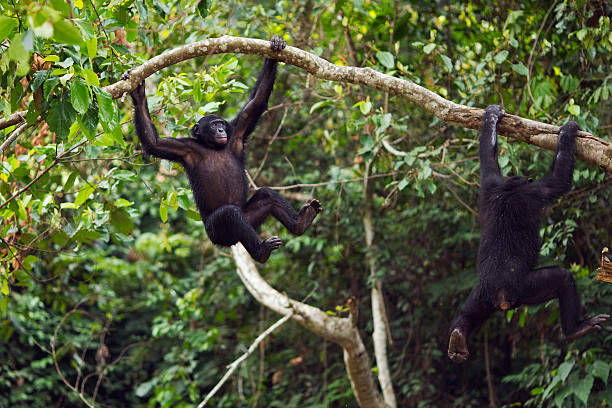
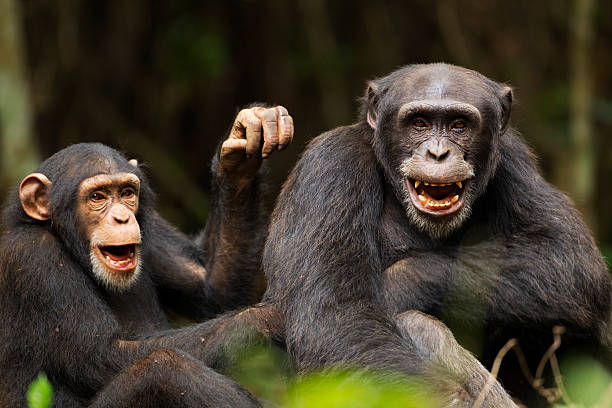
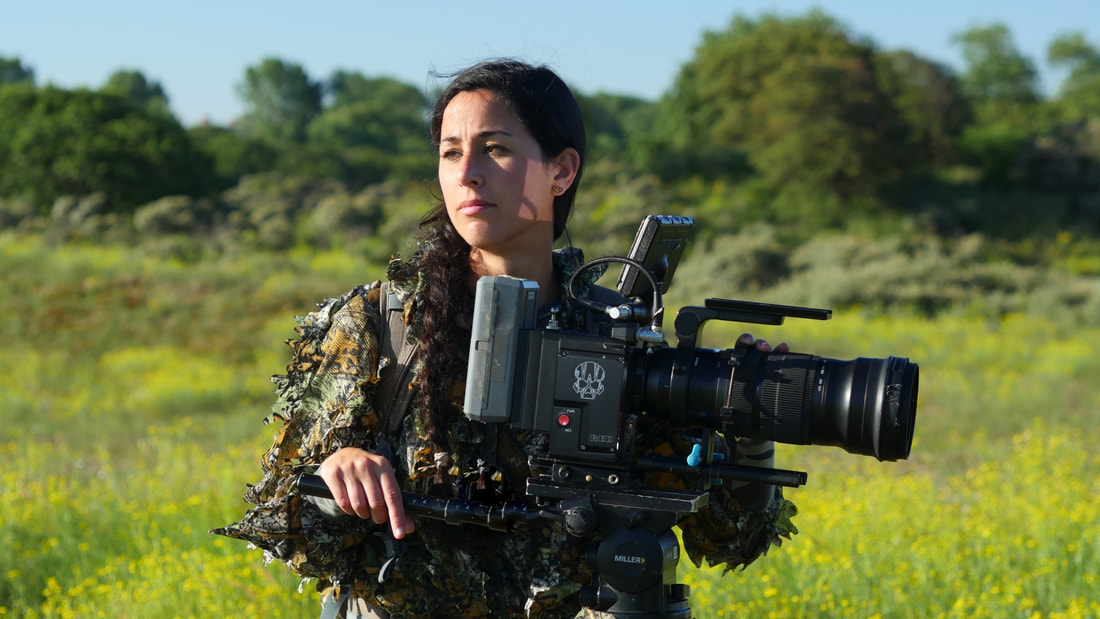
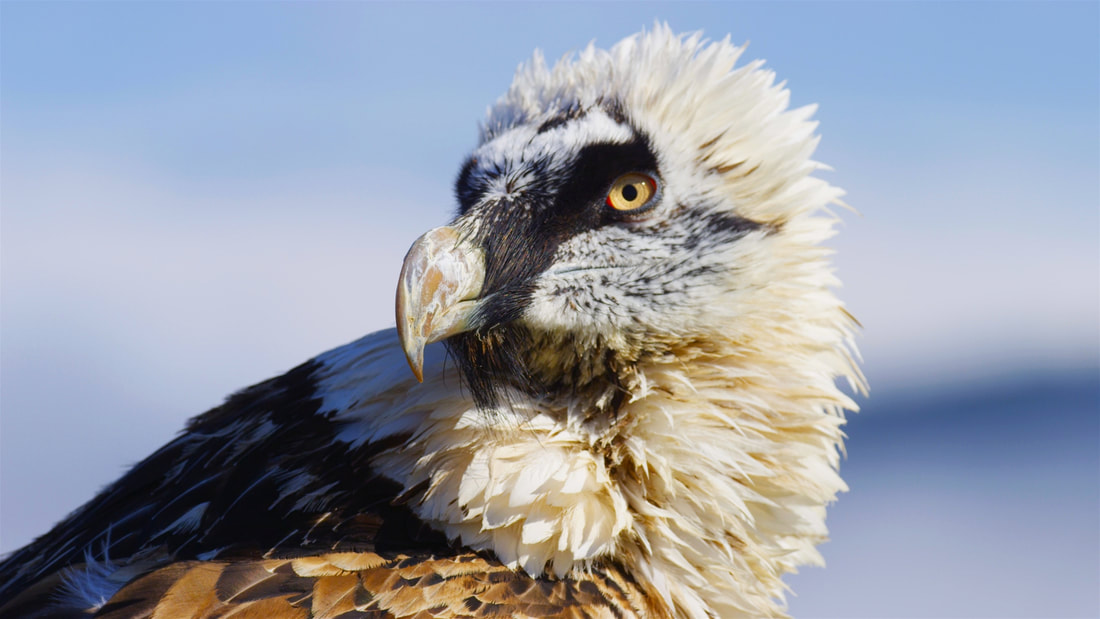
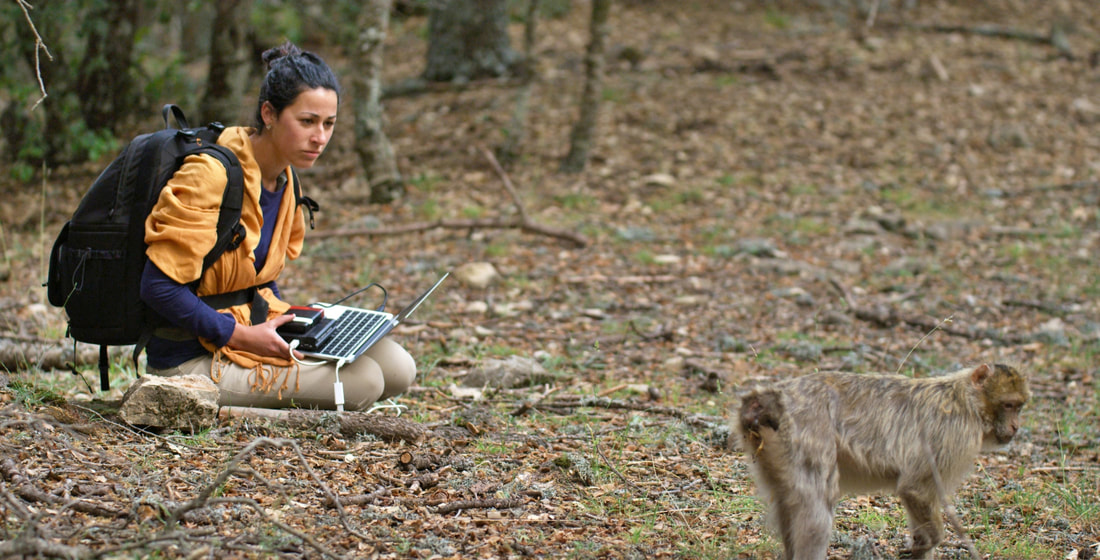
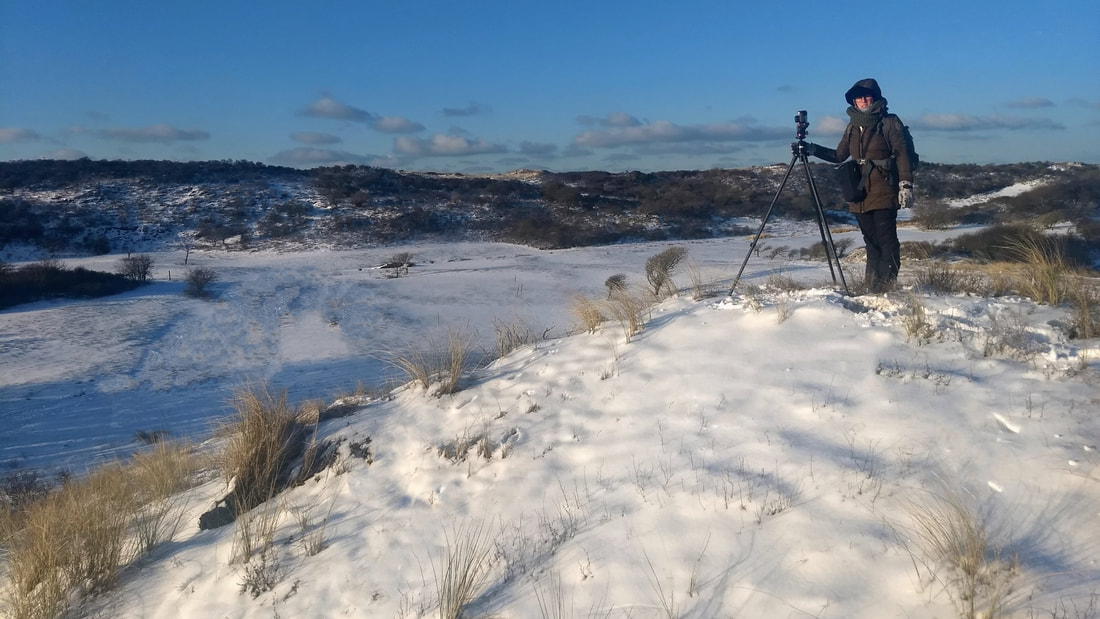
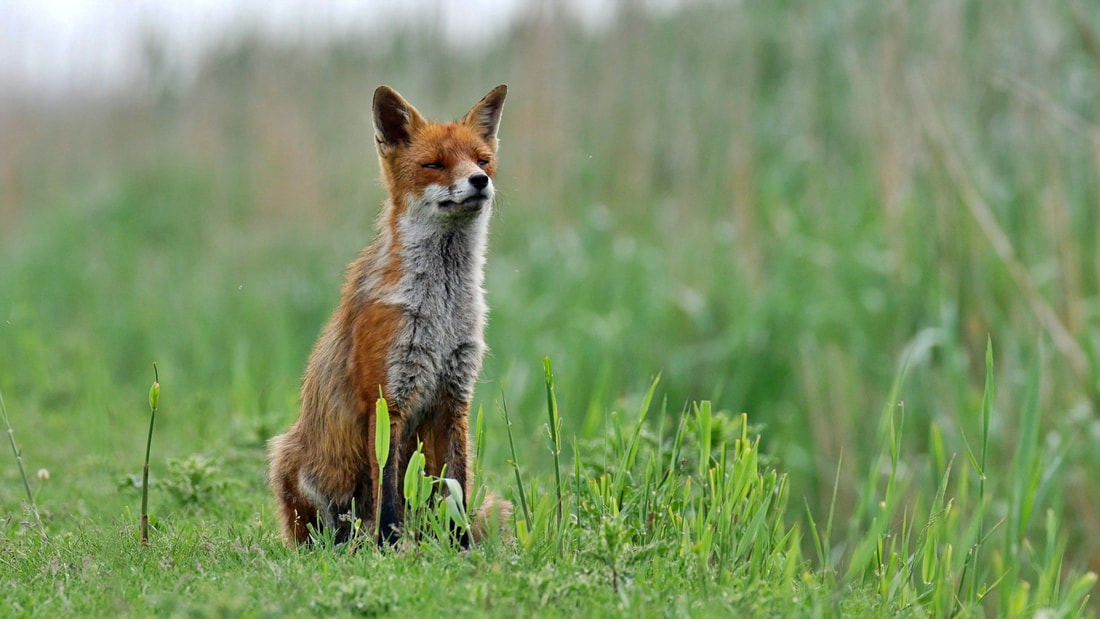
 RSS Feed
RSS Feed